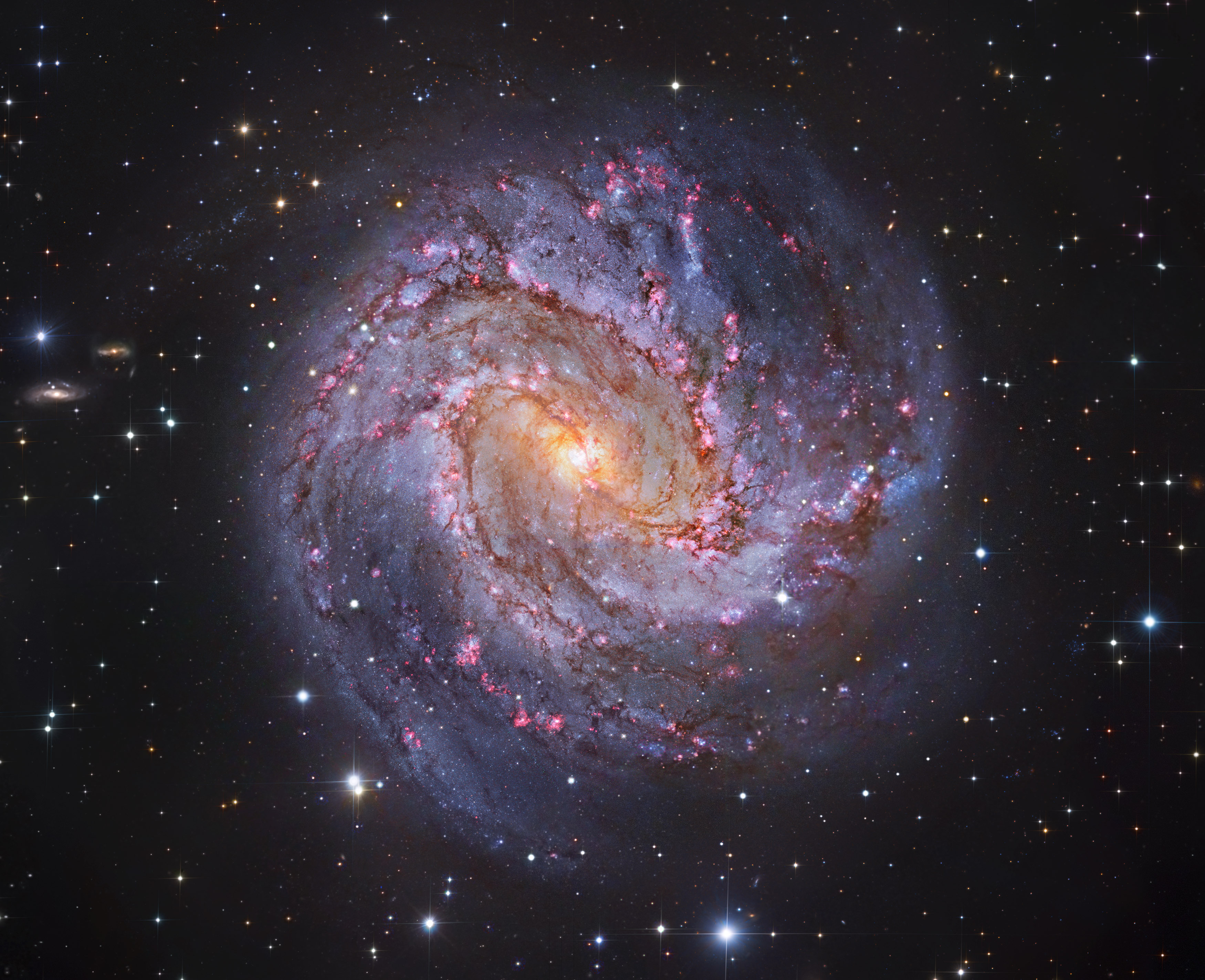

This month it appears at about the same brightness as Regulus, and you should easily be able to see the difference in their color with your eyes, or a pair of binoculars. Mars is quite distant from Earth right now, and appears at its dimmest for the year in July and August. You'll notice them trending lower as the month goes on, with Venus in particular being noticeably lower each night.ĭuring the second week of July, reddish-colored Mars will appear very close the blue-white star Regulus.

The pair moved ever closer in the sky during June, and they begin July appearing quite near to each other, but it's time for them to part company. You'll find Venus and Mars in the west after sunset throughout July. What's Up for July? Mars and Venus go their separate ways, Saturn cruises with a dusty young star, and it's prime time for the Milky Way. The pair appear a bit lower as the month goes on. Sky chart showing Mars and Venus low in the western sky in mid-July. They appear farther apart and slightly lower in the sky as the month goes on.Īll month – Saturn sits high in the south in the late night and early morning hours, with bright star Fomalhaut visible about halfway between the planet and the horizon.Īll month – The core of our galaxy, the Milky Way, forms a faint, diagonal band of light toward the south as soon as it's fully dark. You'll need to be under dark skies away from city lights to see it, as light pollution easily overwhelms its subtle glow. Venus will be below them, quite low in the sky.Īll month – Venus and Mars are visible in the west after sunset. July 20 – The crescent Moon will appear right next to Mars in the western sky following sunset. July 18 – New Moon. The new moon is a great time for stargazing or viewing the Milky Way, because the sky is extra dark all night with no moonlight to wash out fainter stars and meteors. July 11 – This morning Jupiter shines brightly beneath the crescent Moon in the eastern sky before sunrise. The difference in their color should be easy to see with your eyes or a pair of binoculars. July 9 & 10 – Red Planet Mars appears very close to bright blue-white star Regulus. And the Milky Way is a must-see if you can get to dark skies. Mars and Venus shine after sunset, while Jupiter and Saturn rule the early morning sky.


 0 kommentar(er)
0 kommentar(er)
